Happy Monday, Friends!
In the spirit of embracing impromptu adventures this summer, we took a quick trip to Atlanta last weekend. My daughter was on a trip to Germany with her college choir and we had to drive down and pick her up from the airport there, so we figured we may as well make the most of that. My personal highlight of the trip was spending a truly delightful afternoon at the High Museum of Art.
You know it’s funny - I’m not entirely sure how I came to appreciate an afternoon in an art museum. I don’t consider myself to be artistic at all. And when - at 15 - I had significant input into planning a family trip to Washington DC, I dismissed the possibility of spending any time in the National Gallery of Art as that sounded “boring” to me.1 I think it might date back to the year we were living in France. We stopped into the Louvre while we were in Paris for a few days, as one does. Our children were Very Young at the time and so we didn’t expect to be able to spend long there. So, we went on a pretty straight beeline towards the Mona Lisa - which was honestly quite disappointing. My oldest - at the time six years old - just could NOT understand why everyone was gathered around this small, dull painting when there were so many other bigger, brighter, more beautiful ones (including the one on the facing wall, ironically enough!) I think it was seeing the Louvre through the eyes of my six-year-old that opened my eyes as well.
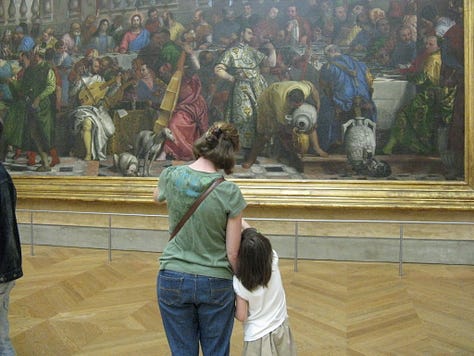
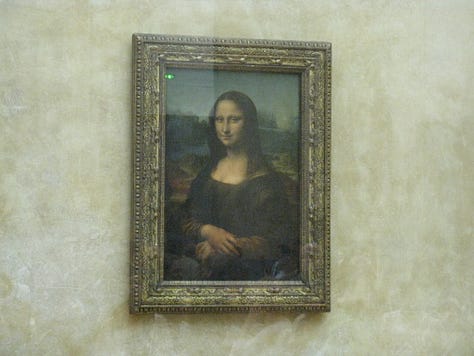
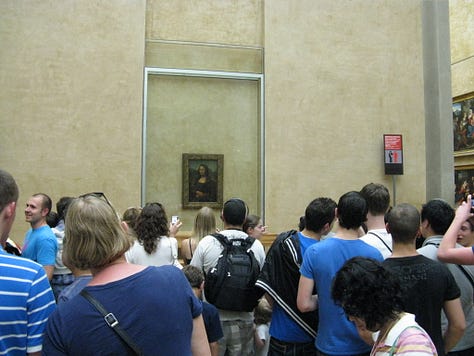
I was sorry we could not spend longer at the Louvre that day, and ever since when I have had the (rare) opportunity to see an art exhibit or spend time in an art museum, I have taken advantage of it. And what I thought I might do today is let you take a brief little stroll through the High Museum with me.
I’m not sure I can put a finger on the exact reason why I find an afternoon in an art museum to be such a soul-refreshing experience. Some of it is just purely for the joy of it.
On the flip side of that whimsy and delight is the powerful way that art can “challenge preset presumptions about what we believe, to operate in the gap between the church and the world.”2 This sculpture of an Abyssinian slave girl caught my eye - her eyes and her tears haunting - especially considering the time period in which it was produced (1866).
I tend to be particularly drawn to religious art - perhaps because it often causes the theologian in me to consider ideas in new ways, with impressions that bypass words. That was my experience with this 14th century painting of Mary nursing the Baby Jesus. I nursed three children: I know how all-encompassing and exhausting it is and how dependent a nursing infant is on its mother. What a powerful statement of Jesus’ humanity….and of the extent of the “grit” in Mary’s yes to bear and mother the Son of God, as Amy Peeler puts it.3
Perhaps my favorite piece was this incredible engraving of the Last Supper - with the Stations of the Cross illustrated in the border - by Nigerian artist Bruce Onobrakpreya. I could have sat in front of this one all afternoon. So beautifully complex. I loved the way that a recognizable scene was re-imagined according to the artist’s own cultural context: a reminder that Jesus’ incarnation, death, and resurrection was for the blessing of all peoples and all nations.
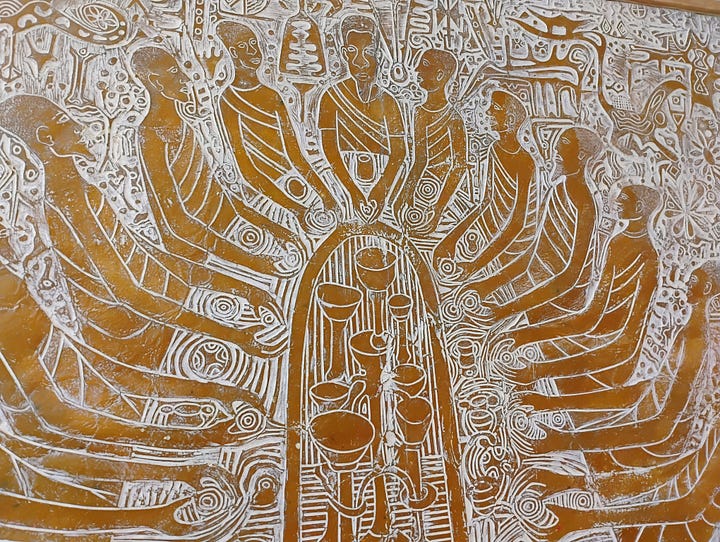
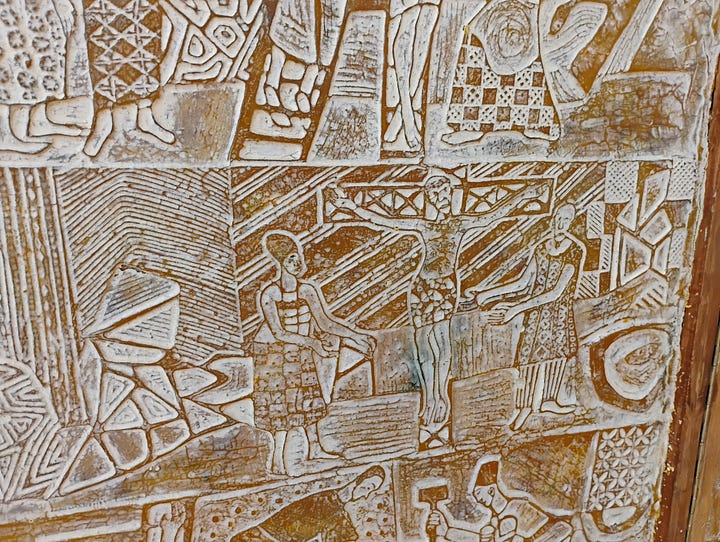
There were, of course, many others that interested and intrigued me - these are just a few of the highlights! I definitely recommend setting aside some time to have a wander through the High Museum should you ever be in Atlanta. I know that I came back out unto the city streets after the museum closed that evening feeling a new sense of spaciousness in my soul, a new sense of wonder in my heart, and carrying a new supply of ideas for my mind.
While it is likely to be awhile before I have the opportunity to wander through an art museum again, doing so when I can has the effect of helping me to slow down and notice the other beautiful and rich things in the world around me. Japanese-American artist Makoto Fujimura put it this way:
“Beauty often resides in the peripheries of our lives. We walk past such humble miracles, such as the babe in the manger in a little village of Bethlehem, all the time. In the frantic pace of life, we need to slow down and observe natural forces all around us and create out of that experience. What makes us truly human may not be how fast we are able to accomplish a task but what we experience fully, carefully, and quietly in the process.”4
Until Next Time,
O heavenly Father, you have filled the world with beauty: Open our eyes to behold your gracious hand in all your works; that, rejoicing in your whole creation we may learn to serve you with gladness; for the sake of him through whom all things were made, your Son Jesus Christ our Lord. Amen.5
Jen
Bits and Pieces
Reading/Watching/Listening:
This book was a serendipitous library find and was also the book that accompanied me on our little jaunt to Atlanta last week. The author shares her story of returning to her homeland of Ukraine to reconnect with her family and discover more of their roots. Much of the story she tells took place against the backdrop of Russia’s invasion of Crimea in 2014, and the book itself came into the world against the backdrop of the more recent full-scale war between Russia and Ukraine. She tells of the history and forces that shaped Ukraine while also exploring family bonds, community, resilience, and even the way that moments of beauty poke holes in the darkness. It was a beautiful, haunting story and I’m glad the cover jumped out at me from the library shelf!
Taking Delight:
We’ve been doing some shuffling and moving and selling of books from the collection of homeschool stuff that we have collected over the years. This meant that we freed up the shelf space to unpack our beloved collection of picture books - the ones that I read out loud repeatedly in my children’s toddler and preschool years. If they are on this shelf, that means they made the cut to be taken along with us on four international moves - the kind where we literally culled everything we owned down to 10 suitcases. It has been truly delightful to revisit these favorite friends.
Thinking About:
“Pani Olga and I huddled under my umbrella, our eyes on the convoy. It rolled slowly past us, its dull roar drowning out the bells and the rain. The soldiers’ faces were ashen and dusty, and they sat in silence into the distance…at that moment was I searching for evidence that beauty and art can survive the worst turmoil of history. I held on to this idea as a lifebuoy as the convoy rolled on and on, interminable.”
~ Victoria Belim, The Rooster House6
I am kicking myself in retrospect over that one, as I have never yet had the opportunity to make it back!
Makoto Fujimura, “The Disintegration Loops: September 11th Edition” in Refractions, 39.
Amy Peeler, Women and the Gender of God, 49, 84. Or just read the whole thing. It is thought-provoking, but not as provocative as the title might imply!
Makoto Fujimura, “Bert’s Disappearing Weather Maps” in Refractions, 27.
Collect 21 “For Joy in God’s Creation” in the 2019 Book of Common Prayer, 652.
Victoria Belim, The Rooster House, 100.






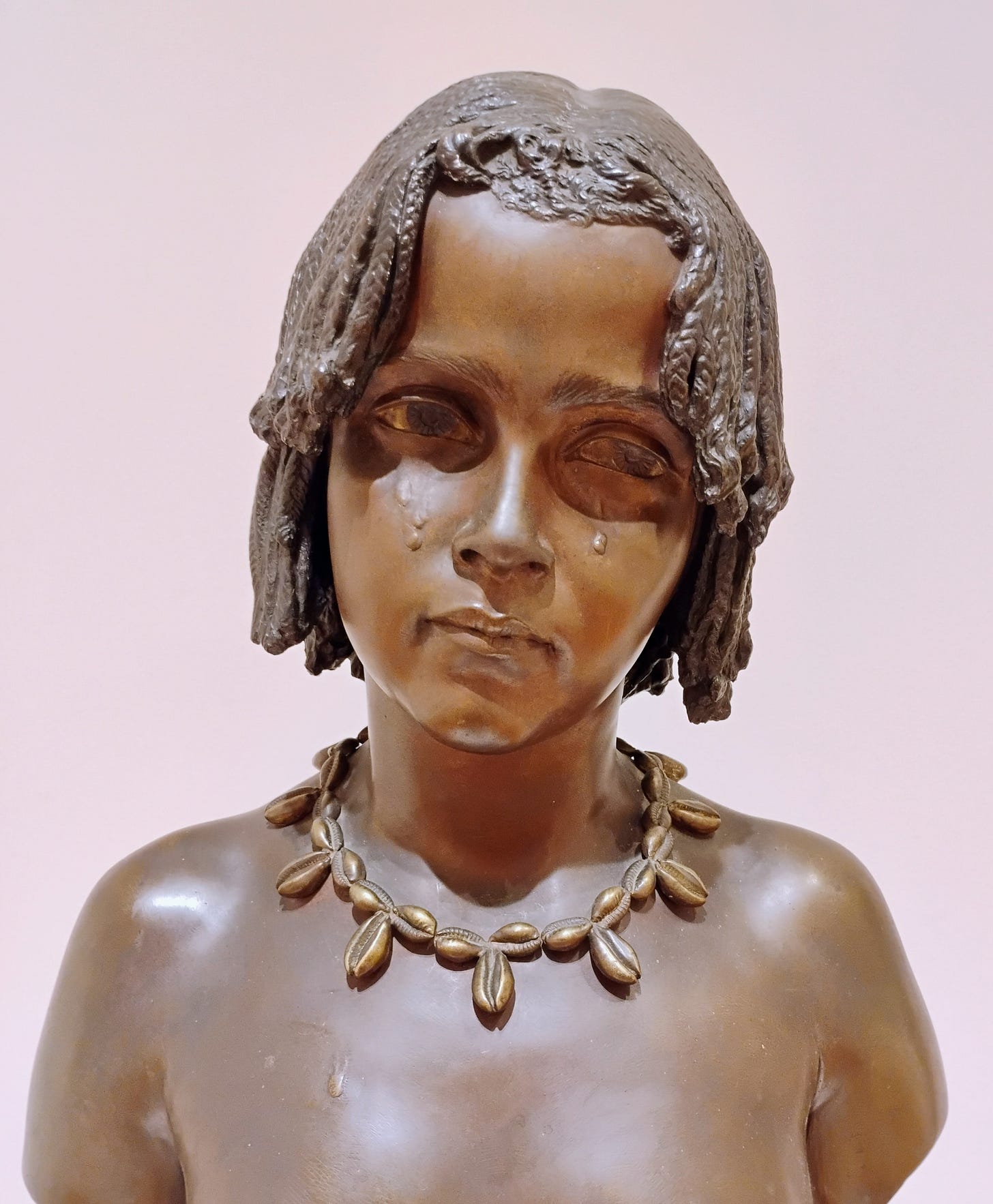

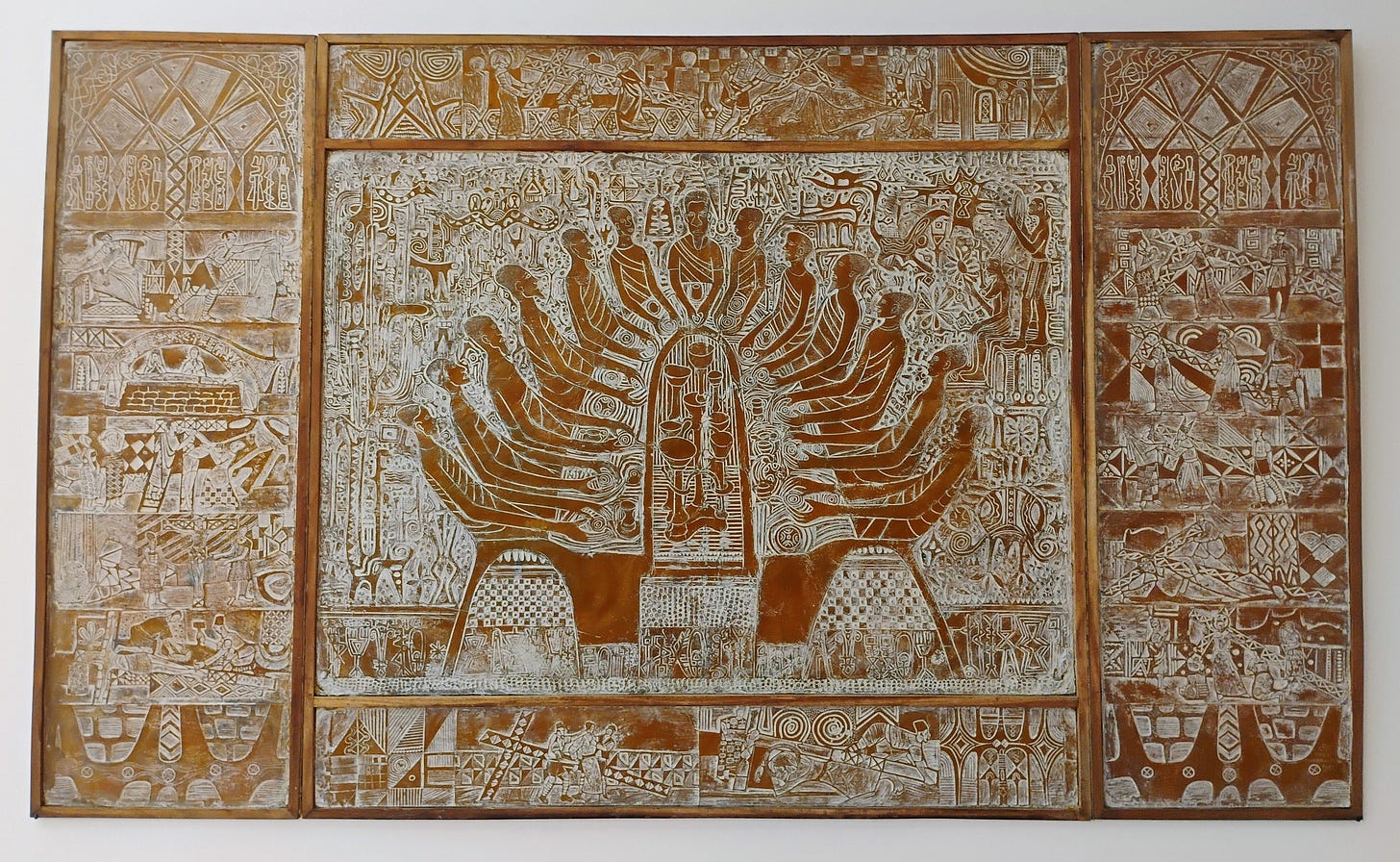

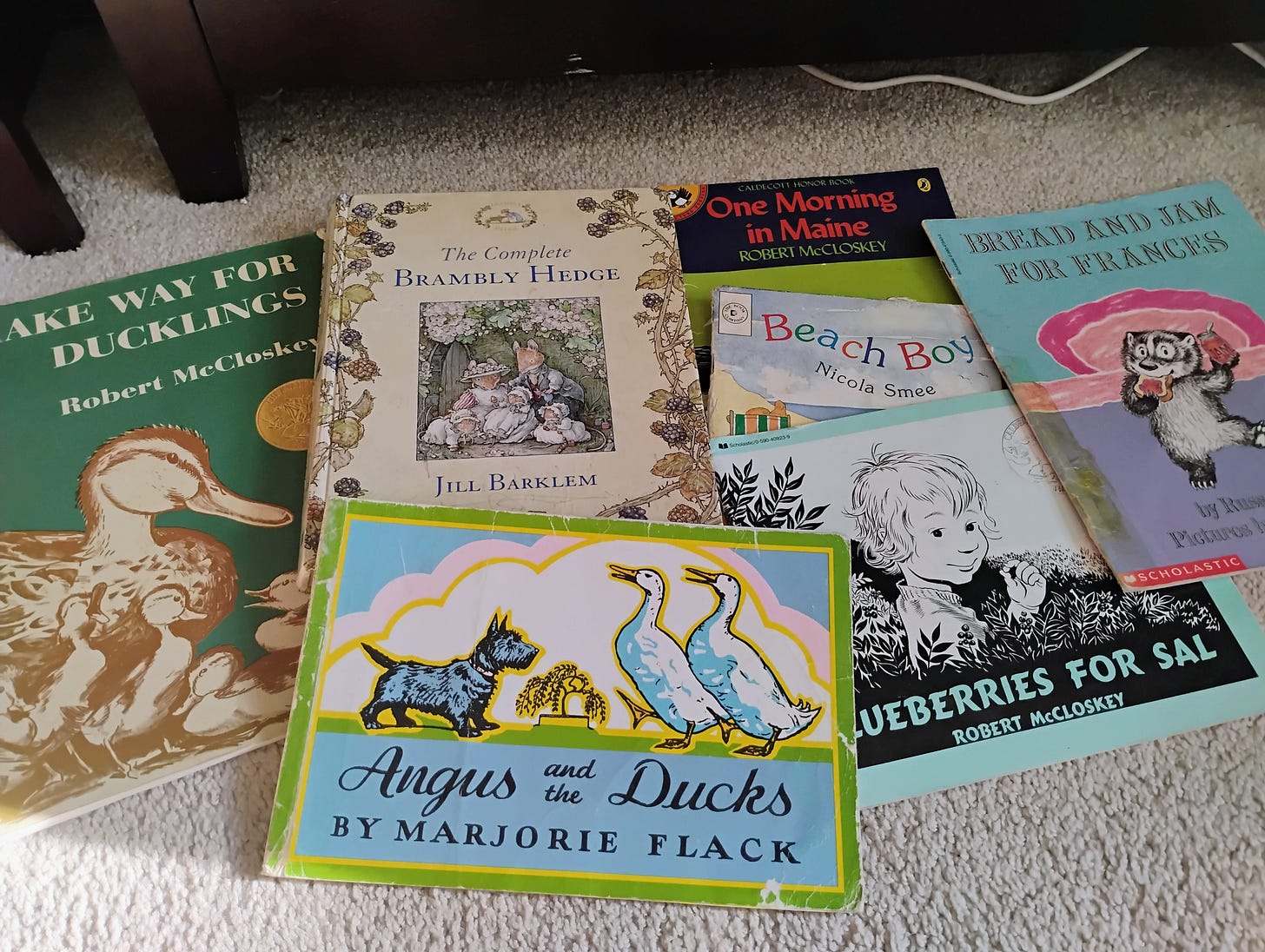
Loved this!